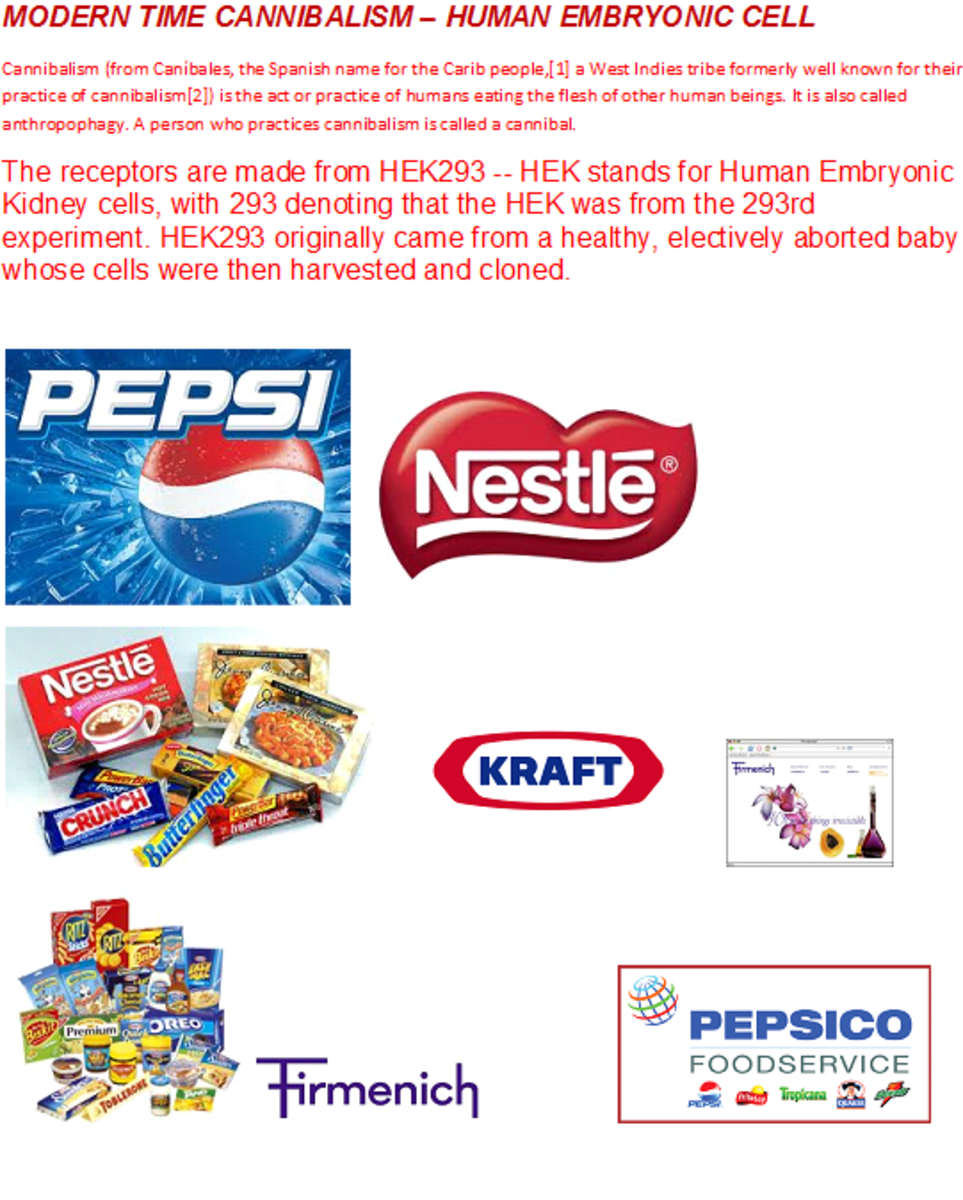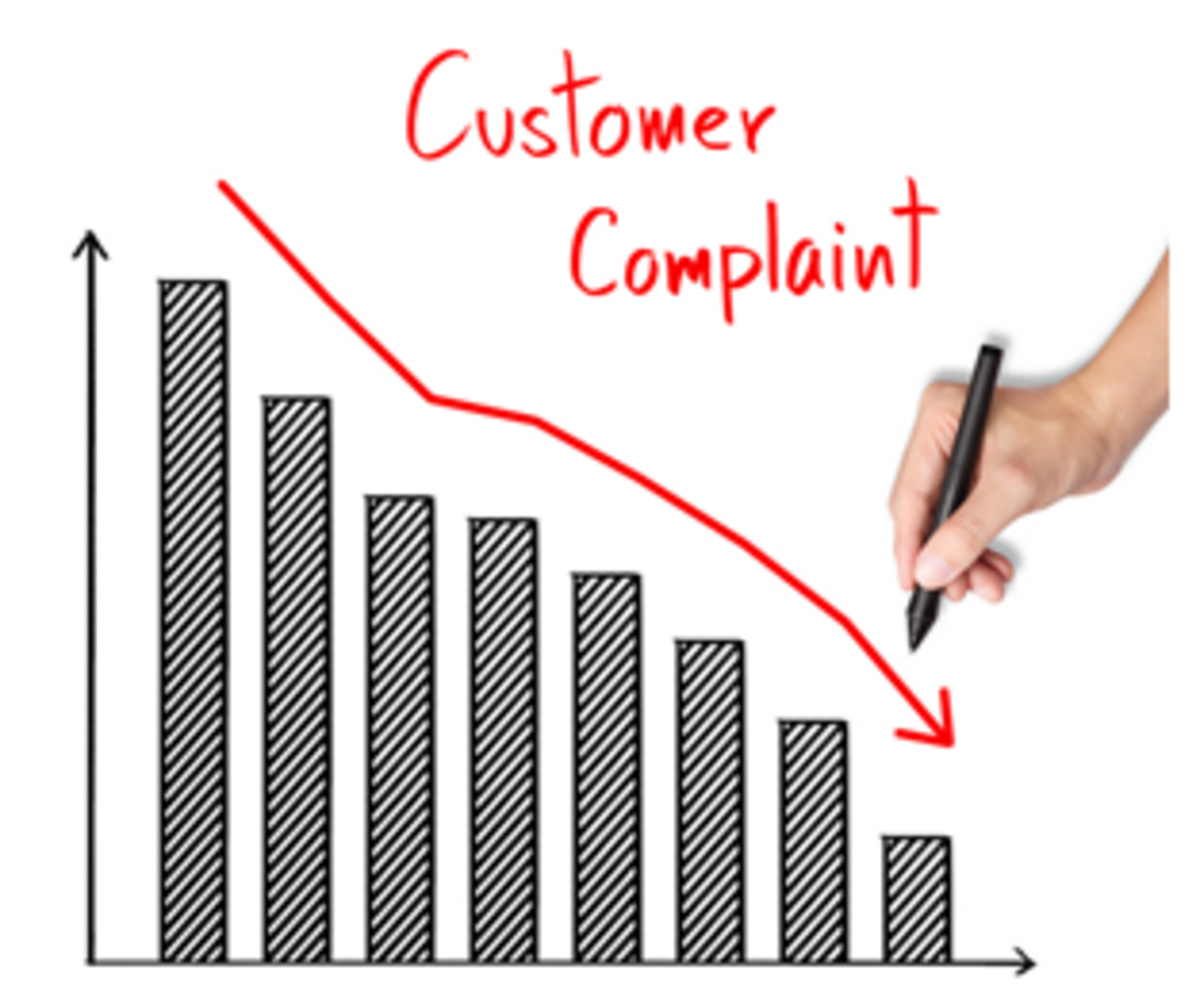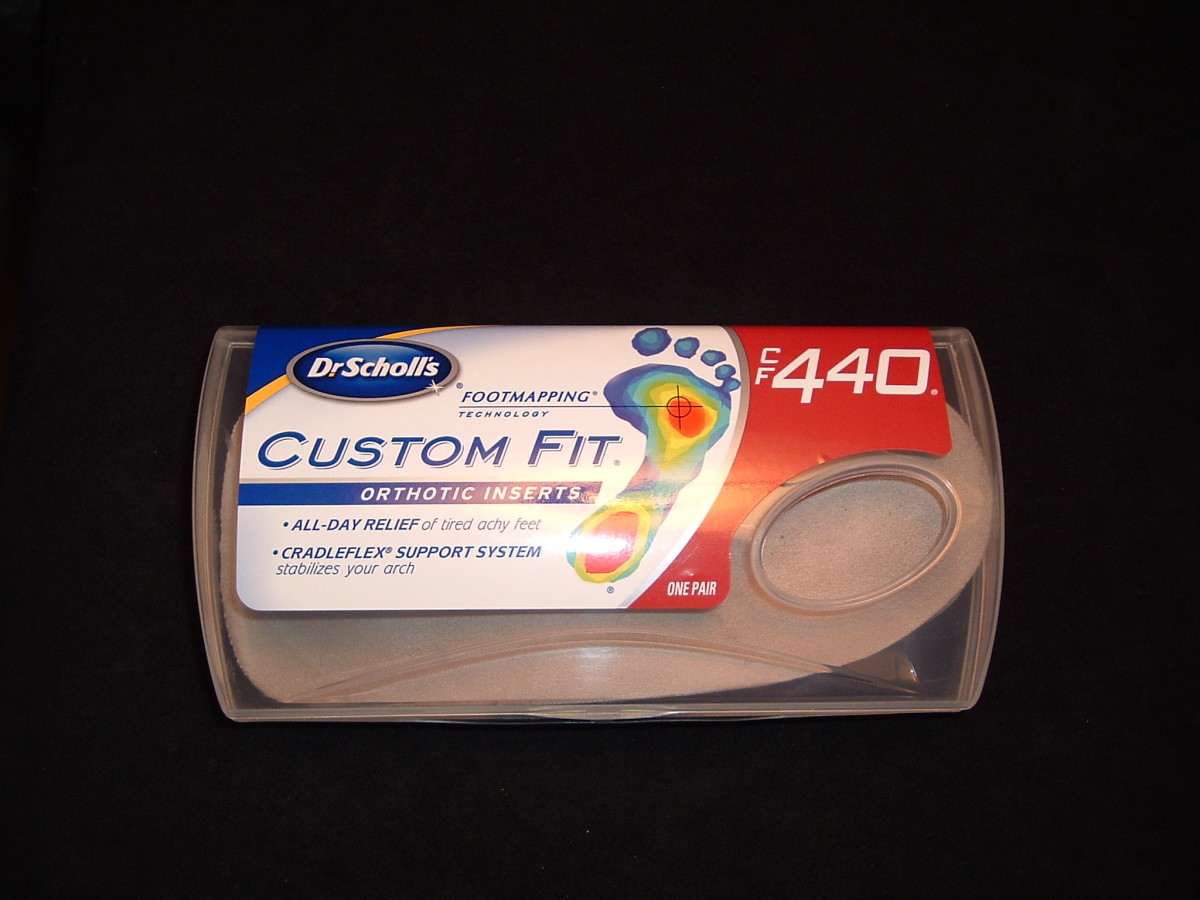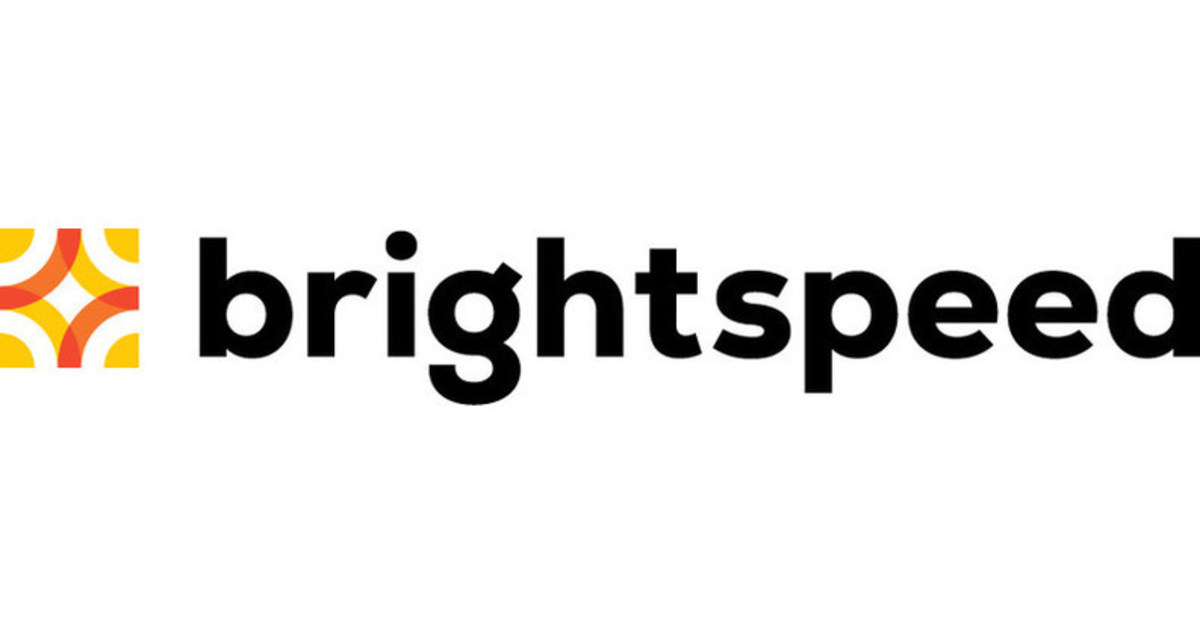What are Physical Hazards in Food?
Physical Hazards in Food
PHYSICAL HAZARDS
Physical hazards are objects that are not normally found in food which may cause illness or injury to the consumer.
Like biological and chemical hazards, physical hazards can enter a product at nay stage during its production. Not all foreign objects found in food will cause harm or illness. It is very undesirable for a customer to find a hair in their food however, it will not harm them. It is also very undesirable for a customer to find weed seeds mixed up with their barley seeds but, as it will not harm the customer’s health this is a quality hazard, not a food safety hazard.
The most common physical hazards are ;
· Glass
· Metal
· Stones, twigs, leaves
· Wood pest
· Jewelry
Some of the physical hazards commonly found in food, and their sources, are described below. They can harm consumers because they can cut their mouths and throats, break their teeth, and cause choking. They cause illness if they perforate the consumer’s gastrointestinal tract resulting in peritonitis, obstruct the bowel, cause vomiting, or irritate the intestine.
Physical Hazards their Sources and Prevention
Glass
Sources: - Raw materials, containers, light fittings, laboratory equipment, processing equipment,
Prevention:- Use approved suppliers, train employees, cover glass light fittings with plastic sheaths, prohibit glass from food handling areas.
Metal
Sources: - Raw materials, offices (thumbtacks, paper clips), containers, equipment, cleaning equipment (e.g. scourers) are the main source. Lead shot in meat.
Prevention:- Use approved suppliers, train employees, and prohibit metal from food handling areas, preventative maintenance, and metal detectors.
Stones, twigs, leave
Source: - Raw materials (usually of plant origin), environment around food premises.
Prevention:- Use approved suppliers, keep food premise surrounds clean, fly screens on widows, keep doors shut.
Wood
Sources:- Raw materials (usually of plant origin), packaging (e.g. crates), pallets.
Prevention:- Use approved suppliers, avoid use of wooden creates and pallets, prohibit wooden crates and pallets from food handling areas.
Pests
Sources: - Raw materials, environment around food premises, dirty premises.
Prevention:- Use approved suppliers, keep food premise surrounds clean, fly screens on windows, keep doors shut, regularly remove waste, keep food containers closed, clean-up food spillages as soon as they occur, clean premises regularly.
Jewelry
Sources: - People
Prevention:- Train personnel in good hygiene practices, prohibit wearing of jewelry.
QUALITY HAZARS
A quality hazard is a term used to encompass environmental hazards, animal warfare hazards, operational hazards, occupational and safety hazards as well as the failure to meet customer requirements.
Quality hazards cause the product to be considered poor quality by the customer because it does not fulfill their requirements. Quality hazards differ from food safety hazards differ from food safety hazards in that they do not cause illness to the consumer.
Examples of quality hazards are:
· Cigarette butts, paint flakes, gum or hair found in food,
· Wrong protein level in wheat,
· Oranges with blemishes,
· Potatoes the wrong size,
· Bread that has been overcooked,
· A meal in a restaurant that has been poorly presented,
· The bottom failing out a meat pie.
· Product specifications not met e.g. size, shape, texture, taste, smell, color etc.
Environmental hazards (e.g. manure and smell from intensive industries), animal welfare hazards (e.g. the stoking density of laying hens in cages), operational hazards (e.g. loss time due to equipment break downs), and occupational health and safety hazards (e.g. injury to humans) and normally grouped under grouped under the heading “Quality Hazards”.
Watch What You Eat

Food Hazards
- How To Attain Quality Management in Business Organiz...
Introduction Business is the social science of managing people to direct their collective efforts towards accomplishing organization goals and to earn profits. It is derived from the word busy... - What Do You Need to Know About Food Science and Tech...
Choosing a career in Food Science is rewarding yet the path to success in this chosen field is not that easy. This hub is about what you need to know if and when you choose to take a career in Food Science. - The hazards of sedentary lifestyle and junk food cul...
You must have heard the term couch potato quite often. It is a term often employed for people that do not exercise and live a relatively sedentary lifestyle. Medical professionals keep on stressing upon... - What causes Obesity? - Sugar, Fat, High Carbs, Fast ...
This debate has raged for years. It is now time for an update by reviewing recent research, claims and some good old common sense. The arguments are summaried in terns of Pros and Cons. When obesity... - Facts about Organic Food
In the past two decades, consumers' concerns about the safety of the food we eat have raised a multitude of questions about...







